Horror films rely on a number of factors to deliver scares, attacking as many of a viewer’s senses as possible with a carefully concocted cacophony of sight and sound. On-screen efforts are restricted to targeting our eyes and ears, though let’s be honest, if Tobe Hooper could’ve made us smell the Sawyer family home, he would. This limitation on horror’s sensory maelstrom means that sound is just as, if not more important than the visual nightmares on display. Music is as intrinsic and essential to horror as it is to a musical; each grumbling synth drone and eerie pluck of a harp can conjure dread, unease, tension and suspense from the most unlikely places. More often than not they can punctuate violence and psychological torture to the abject degree, enhancing some of the greatest standout moments in horror cinema history. Look to the stabbing staccato strings in the infamous shower scene in Psycho (1960) or the equally sudden and unnerving strings of Jaws (1975). The best horror soundtracks have inspired these new sounds for decades.
While respect must be paid to the classics, we are indeed living in a golden age of horror cinema and, as a result, an exciting and experimental time for original horror soundtracks. Recently we have seen experimental artists like Jóhann Jóhannsson and Mica Levi growing into Oscar-nominated star composers, musicians like Thom Yorke shifting into the world of movie soundtracks and even indie game composer Disasterpeace taking on the duty of decorating the brilliant It Follows (2014) with his unsettling, synth-led dreamscapes.
Without further ado, here are some of the best horror soundtracks from throughout the ages.
The Thing (1982) – Ennio Morricone
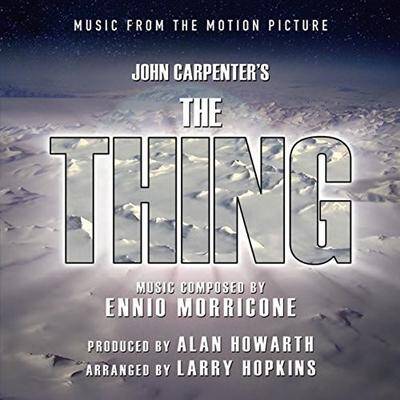
Kicking things off with a personal favourite of 80’s sci-fi horror, John Carpenter’s frostbitten opus The Thing stars Kurt Russel as a helicopter pilot in Antarctica, battling a shape-shifting extraterrestrial being. By this time in his career Carpenter had written original scores for every picture he released, ironically enough what is now widely known as his strongest film was actually the first to feature another composer’s music. Ennio Morricone, known for spaghetti westerns like The Good, the Bad and the Ugly (1966) and his Oscar-winning music for The Hateful Eight (2015) (which included music he’d originally written for The Thing), took the helm after long conversations with Carpenter in which the director said he wanted the sound “really simple, synth-driven, effective”. The end result is just that, a sparse and minimal synth score which echoes the endless frozen desert surrounding the research base and its inhabitants’ horrific struggle. Not bad considering Morricone was shown an incomplete version of the film with little to no context on what the director wanted.
Suspiria (1977) – Goblin
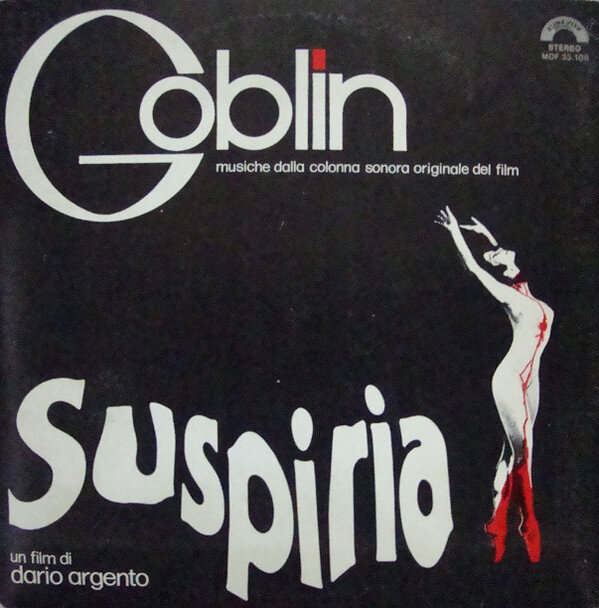
For our next sonic endeavour we head to Italy for giallo/gore maestro Dario Argento’s most notable grandiose horror-mystery, Suspiria. The film follows Suzy, a ballet student who travels to Germany to attend a prestigious ballet school. Her time at the academy isn’t easy, from strange noises in the night to unexplained illnesses, but when people begin to die around her Suzy starts to uncover the terrifying history of the place.
The tinkling music-box chimes of the main theme in Suspiria are as recognisable to horror buffs as John Carpenter’s Halloween (1978) theme and Mike Oldfield’s Tubular Bells combined. Claudio Simonetti and Goblin had collaborated with Dario Argento two years earlier, having scored his film Deep Red (1975) after Argento wanted someone in the vein of Deep Purple or Pink Floyd, and had Goblin suggested to him by his producer. After the success of Deep Red (a soundtrack which sold 4 million copies) both Argento and Goblin were free to experiment with Suspiria, meaning a truly unique pairing of aural and visual stimuli was created. Whatever your tastes, it can’t be argued that Suspiria and it’s accompanying music changed the way a lot of people thought about horror, and pioneered a style all of their own.
Beyond the Black Rainbow (2010) – Sinoia Caves
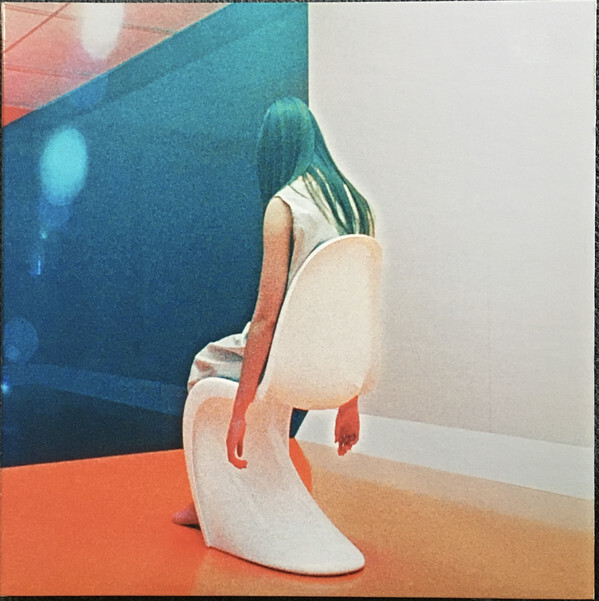
Panos Cosmatos’ 2010 sci-fi/horror debut is bleak, sparse, minimal, and in a lot of senses, slow. It is an ethereal dreamscape in which a heavily sedated woman with extrasensory perception tries to escape from a commune which has her held captive. The plot is thin and, it could be argued, merely an excuse for the aural and visual feast which it amounts to. It has been joked that Cosmatos’ work is best enjoyed under the influence of psychedelics, and for his second release as Sinoia Caves, Black Mountain’s Jeremy Schmidt seemed to have taken this sentiment in stride. With sly nods to John Carpenter, Goblin, Jan Hammer and Jon McCallum, Schmidt created not a specifically referential piece of nostalgia but one that reinforces the films 80s aesthetic and contextual themes without appearing intrusive. Cosmatos creates his pieces from an almost naive love of the genre, while also retaining an originality in his art that would equally work without the inspirational ancestry to pay reference to. Thankfully, he seems to pick composers who do the same.
Mandy (2018) – Jóhann Jóhannsson
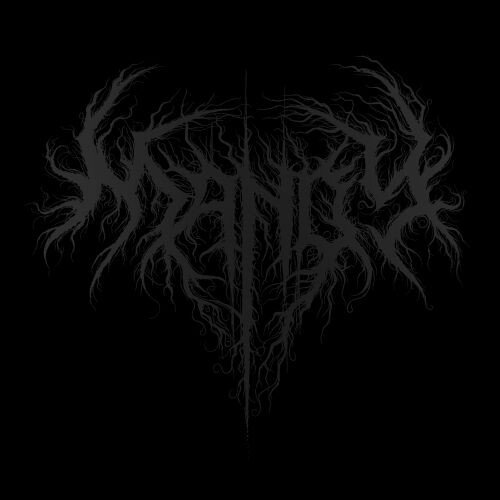
If Mandy was Panos Cosmatos’ love letter to grindhouse and the 80’s, Jóhannson’s sonic counterpart was the perfect accompaniment. A visceral and fierce arrangement, of melancholic synths, earth-rattling guitars, somber strings and erratic percussion takes viewers through as emotional a rollercoaster as the film does. In a tragic turn, one made even more significant by the emotional depth of the composition he had just released, Icelandic composer Jóhann Jóhannsson died at age 48, shortly after the film’s release. Several vinyl issues have been released of the heavy metal fever dream which includes Seattle-based experimental metal band Sunn O))) providing the moody, overdriven guitar work. In an interview, Cosmatos spoke of his planning the score with Jóhannsson: “I said, ‘I want it to feel like you’re 11 years old, and you’re in the backseat of your big brother’s Trans Am, and he’s smoking weed, and you can smell the vanilla air freshener, and the leather,” the director said. “It’s kind of scary, but it’s also exhilarating at the same time.” Cosmatos recalled that Jóhannsson paused before replying: “I know exactly what you mean.”
The Texas Chainsaw Massacre (1974) – Tobe Hooper and Wayne Bell
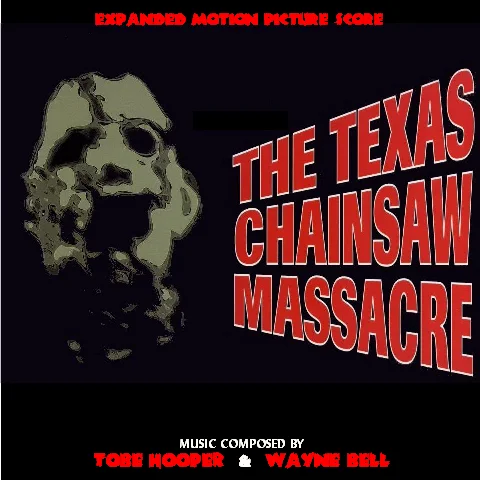
Tobe Hooper’s 1974 debut classic The Texas Chainsaw Massacre shocked audiences around the world in a single reverberative gasp with its unabashed and unfiltered violence, grimy aesthetic and wacky cast of insidious antagonists. The picture was helped along massively in its cumulative effect by Hooper and sound expert Wayne Bell’s nightmarish soundscapes which blur the same line between music and noise that many modern industrial and underground pop artists frequently emulate, as well as the French abstract ‘musique concrète’ movement. All focus was given to the scene, whether it be one of building tension, horrific release or a mix of both in something like a chase scene, all sound was specifically engineered to enhance the initial idea. Because of the strange and unique pairings of instruments used in each piece, the overall effect is one of just just as unsettling a nature as the horrific visual brutality on display.
Psycho (1960) – Bernard Herrmann
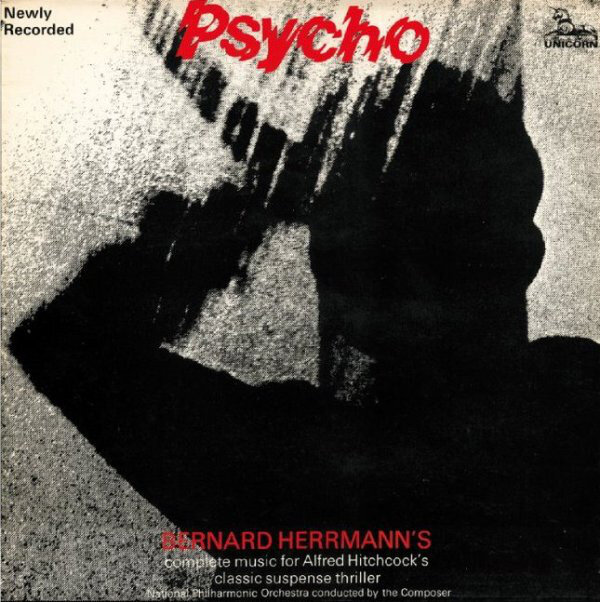
Alfred Hitchcock is a household name in the world of horror, known best for his terrifying and suspenseful The Birds (1963), Rear Window (1954) and, of course, Psycho. Similarly, composer Bernard Herrman’s career spanned from work with Orson Welles in the Mercury Theatre writing the music for The War of the Worlds and Citizen Kane, on dozens of television programs including The Twilight Zone, and later films such as Taxi Driver (1976), whereupon shortly after he died. His work on what is perhaps Hitchcock’s best loved film has come to be one of the best known original scores in horror, particularly the staccato string attack which stabs along with our faceless killer in the infamous ‘shower scene’. Much of the score features a 7th chord that contains both major and minor intervals that film professor Royal Brown calls the ‘Hitchcock chord’. The chord is seen as allowing the films to play out a very ordinary opening scene with its major intervals, while also having the minor intervals to hint at the darkness beyond.
The Lighthouse (2019) – Mark Korven
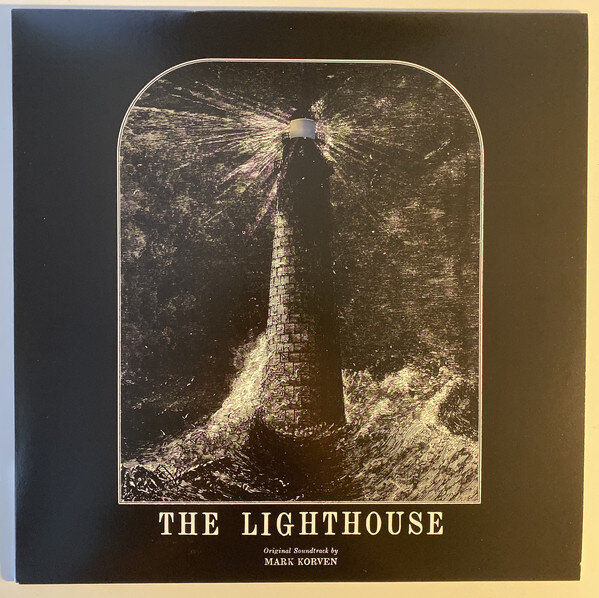
For his 2019 slow-burning, mythology-laden period chiller The Lighthouse, director Robert Eggers reunited with composer Mark Korven, the man who scored cult sci-fi/horror hit Cube (1997) and Egger’s previous horror breakout The Witch (2015). In an age awash with samey, uninspired horror soundtracks that frequently borrow heavily from Bernard Herrmann’s earlier efforts, a pairing such as Eggers and Korven is a rare and unique treat. For The Witch, Korven took a minimalist approach, utilising his own creation ‘The Apprehension Machine’, a contraption of metal rulers and bows which has been described by some as the most terrifying instrument around. While this fit with the themes and aesthetic explored in The Witch, for The Lighthouse a different approach had to be taken. Heavy use of booming brass permeates the score, echoing the raging sea which surrounds the characters, along with glassy string sections that almost seem to pour from the mysterious light itself. The score acts almost as a third character, diving into the madness the other two end up gleefully embracing.
Under The Skin (2014) – Mica Levi
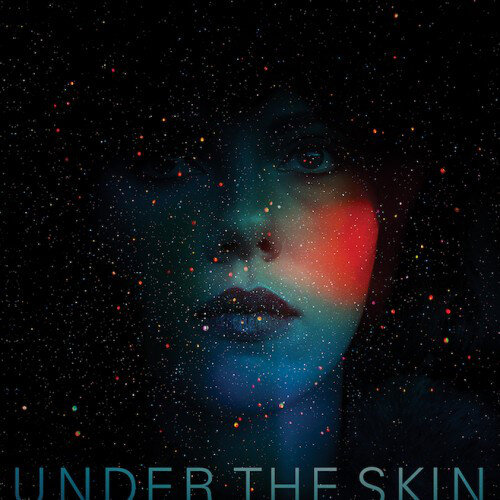
To accompany the alien, otherworldly, uncanny feeling of Jonathan Glazer‘s sci-fi/horror Under The Skin, composer Mica Levi took a rather elemental approach to her score. The lead character in Under The Skin, played by Scarlett Johansson, is a blank-eyed extraterrestrial predator with apparently no human emotion or relatability. Of course Levi would look to György Ligeti’s strikingly impersonal and unsettling work on The Shining (1980) for inspiration. The soundtrack for Under The Skin plays out much like a thought process from something far from human, as if trying to emulate other music the way Johansson’s character tries to emulate other people. “We were looking at the natural sound of an instrument to try and find something identifiably human in it, then slowing things down or changing the pitch of it to make it feel uncomfortable,” Levi said in an interview. Sounds range from swarming dry tremolo strings, insectile digital whirring and buzzing and pitch-shifted drones that seep under the skin in a truly addictive way.
Hellraiser (1987) – Christopher Young
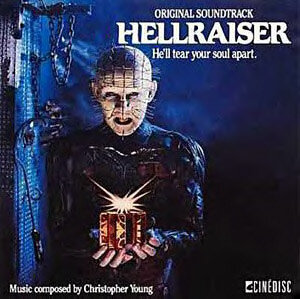
Clive Barker’s Hellraiser, based on his novella The Hellbound Heart, shocked audiences in 1987 with a new blend of gothic, torturous horror. Featuring a mostly amoral cast of characters being tormented by the insidious Cenobites, Barker’s gleefully cruel outlook was a lot for audiences to stomach at first. So much so that production company New World Pictures decided against the avante garde synth soundtrack that John Balance and Peter Christopherson of the underground British electronica group ‘Coil’ were creating, opting instead for a more traditional approach. Thankfully this decision was backed up by the idea to use Chistopher Young (A Nightmare on Elm Street Part 2: Freddy’s Revenge (1985), Invaders from Mars (1986), Sinister (2012)) and arguably one of the greatest traditional horror soundtracks was realized. Predominantly orchestral and with some synth textures added for good measure, the score weaves its way through a myriad of melodies, harmonies and interesting and emotional instrumentation to match Barker’s pitch-black, dissonant romanticism, treading the line between pain and pleasure.
The Beyond (1981) – Fabio Frizzi
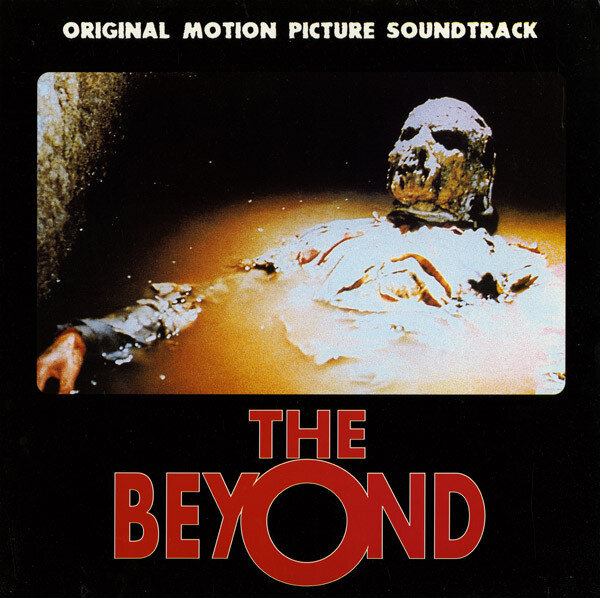
Often referred to as the ‘Godfather of Gore’, Lucio Fulci is known for a string of gruesome giallo flicks from Zombie (1979) to The New York Ripper (1982) and A Cat in the Brain (1990). His films range from grounded murder mystery to psychedelic nightmare, all retaining a healthy splattering of his signature excessive style of blood and guts. One of the most off-the-wall endeavors the Italian director ever undertook was 1981’s The Beyond, a truly wacky horror about an old hotel in Louisiana that contains an entrance to Hell. Fabio Frizzi’s score focuses on variations on a few central themes in a tasteful combination of traditional orchestration and electric progressive rock. While tailoring pieces to fit the building of tension, dreamy atmospheres and striking intensity that run throughout, Frizzi’s score provides more bass-driven funk than one might expect to hear over a scene of tarantulas eating someone’s face.
The Devil’s Candy (2017) – Michael Yezerski
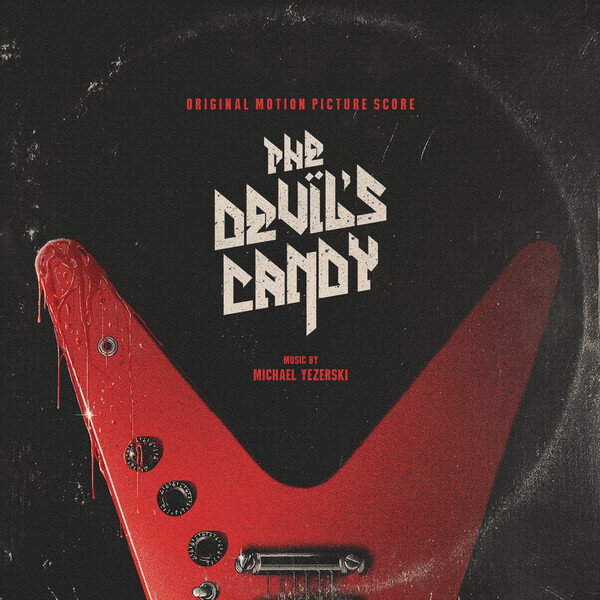
Sean Byrne’s second offering of violent, visceral horror after his 2009 shocker The Loved Ones features a metalhead artist who becomes obsessed with a demonic painting seemingly created by his subconscious, as well as a disturbed giant of a man whose existence threatens the family’s very lives. Featuring an almost perfect arrangement of existing metal music, from the earth-rattling soundscapes of Sunn 0))) to the groove laden riffing of Machine Head, the film also features an original score by Michael Yezerski. This is truly the heavy metal horror film of the 2010s, in fact any time there isn’t an actual metal band playing viewers are treated to Yezerski’s semi-industrial blend of brutal guitar shredding, atonal clangings and screechings and gut-wobbling drones. Subtlety isn’t the intent of either aural or visual elements here, rather a heart stopping face-slap from start to finish.
Halloween (1978) – John Carpenter

When John Carpenter made the legendary and timeless Halloween he was thirty years old, yet still running things like a college student. Everything he could possibly do himself, he would, including the chillingly minimal and infinitely recognizable score that would help propel his low-budget slasher to worldwide stardom. Drawing on Goblin’s sinister Suspiria score along with Bernard Herrman’s masterfully suspenseful music for Psycho, Carpenter (who recognizes himself as having zero chops as a musician) wrote a simple 5/4 piano rhythm that would end up being one of the most recognized pieces of music in horror. Like the theme from Jaws, the sparse and basic nature of the tune helps build suspense without being intrusive, allowing just enough space between notes for the horrors on screen to set in. The score features many simple, descending piano lines creating an acute sense of foreboding before the sharp, “cattle prod” keyboard stabs have viewers jumping from their seats. Proof that true art is born from limitations, Carpenter’s Halloween theme has been adopted by Pop and Hip-Hop artists alike, and remains to this day one of the most influential horror scores in existence.
References
https://www.udiscovermusic.com/stories/best-horror-movie-soundtracks/
https://www.classicfm.com/discover-music/periods-genres/film-tv/scariest-horror-soundtracks-music-scores/
https://www.stereogum.com/2063184/best-horror-music-movies-tv-2010s/lists/ultimate-playlist/
https://www.rollingstone.com/music/music-news/the-thing-ennio-morricone-and-john-carpenters-thriller-soundtracks-get-special-rereleases-981073/
https://noisegate.com.au/behind-the-score-suspiria-by-goblin/
https://pitchfork.com/reviews/albums/19753-sinoia-caves-beyond-the-black-rainbow-ost/
https://thequietus.com/articles/23290-texas-chainsaw-massacre-soundtrack-article
https://www.npr.org/2000/10/30/1113215/bernard-herrmanns-score-to-psycho?t=1628191357826
https://pitchfork.com/reviews/albums/19239-mica-levi-under-the-skin-ost/
http://magazine.scoreit.org/there-is-a-light-that-never-goes-out-mark-korven-on-the-lighthouse/
https://moviemusicuk.us/2017/09/14/hellraiser-christopher-young/
https://filmschoolrejects.com/lucio-fulci-movies/2/
https://www.allmusic.com/album/the-beyond-original-motion-picture-soundtrack-mw0000012511
https://bloody-disgusting.com/news/3428439/exclusive-devils-candy-director-sean-byrne-provides-soundtrack-commentary/
https://mondoshop.com/products/the-devils-candy-original-motion-picture-soundtrack
https://www.rollingstone.com/music/music-lists/35-greatest-horror-soundtracks-modern-masters-gatekeepers-choose-126190/halloween-john-carpenter-1978-126731/
Joe first knew he wanted to write in year six after plaguing his teacher’s dreams with a harrowing story of World War prisoners and an insidious ‘book of the dead’. Clearly infatuated with horror, and wearing his influences on his sleeve, he dabbled in some smaller pieces before starting work on his condensed sci-fi epic, System Reset in 2013.Once this was published he began work on many smaller horror stories and poems in bid to harness and connect with his own fears and passions and build on his craft.
Joe is obsessed with atmosphere and aesthetic, big concepts and even bigger senses of scale, feeding on cosmic horror of the deep sea and vastness of space and the emotions these can invoke. His main fixes within the dark arts include horror films, extreme metal music and the bleakest of poetry and science fiction literature.
He holds a deep respect for plot, creative flow and the context of art, and hopes to forge deeper connections between them around filmmakers dabbling in the dark and macabre.

